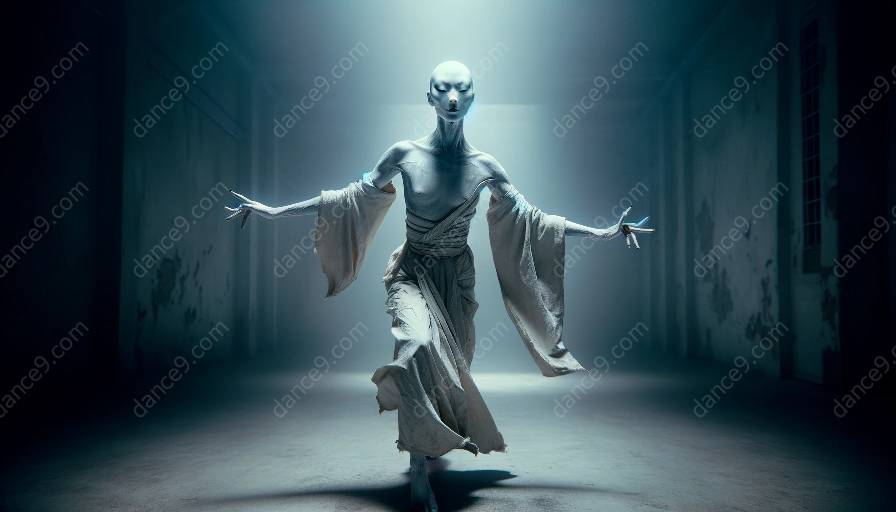Butoh dance, a form of modern Japanese dance, is characterized by its slow, controlled movements, unconventional body shapes, and intense emotional expression. While the origins of butoh are deeply rooted in Japan's history and culture, its principles have transcended borders, captivating audiences worldwide. In this article, we'll delve into the key principles of butoh dance and explore how it can be integrated into dance classes.
The Origins of Butoh
Before understanding the principles of butoh, it's essential to examine its origins. Butoh emerged in post-World War II Japan as a reaction to the country's social and cultural upheaval. Influenced by Japan's history, mythology, and the horrors of war, butoh sought to express the raw and primal aspects of the human experience. Its founders, Tatsumi Hijikata and Kazuo Ohno, envisioned butoh as a radical departure from traditional Japanese dance forms, seeking to embody the darker, hidden truths of existence.
Principles of Butoh Dance
1. Qi and Sutemi
Butoh practitioners emphasize the concept of 'qi' or 'ki,' which refers to the vital energy that permeates all living beings. Qi is harnessed through 'sutemi,' a state of surrender and receptivity where the dancer lets go of conscious control and allows their body to be guided by instinct and intuition. This principle of surrendering to the flow of energy is fundamental to butoh, enabling dancers to access deeper layers of expression and movement.
2. Ma and Maai
Butoh embraces the Japanese aesthetic concept of 'ma,' which encompasses the dynamic interplay of space and time. Dancers explore the concept of 'maai,' the spatial and temporal relationships between the body and the surrounding environment. By mastering maai, butoh dancers create a palpable sense of tension, stillness, and transformation within their movements, captivating audiences with the interplay of negative space and presence.
3. Ankoku-Butoh
Central to the philosophy of butoh is the notion of 'ankoku-butoh,' which translates to 'dance of darkness.' This principle encourages dancers to confront and embody the shadow aspects of their being, delving into themes of death, decay, and the primal forces of nature. Ankoku-butoh invites dancers and audiences to engage with the uncomfortable and often taboo aspects of existence, fostering a deeper understanding of the human condition.
Integration into Dance Classes
While butoh's avant-garde and enigmatic nature may seem daunting, its principles can enrich traditional dance classes, infusing them with an element of introspection and emotional depth. Introducing students to butoh can expand their movement vocabulary and encourage them to explore uncharted territories of expression and embodiment. By incorporating butoh's principles, dance classes can nurture a holistic understanding of the body, mind, and spirit, elevating the art of dance to a transformative and transcendent experience.
Embracing the Essence of Butoh
As we unravel the key principles of butoh dance, it becomes evident that this art form transcends mere physical movements, delving into the realms of spirituality, symbolism, and the human psyche. Butoh's principles, rooted in existential exploration and the relentless pursuit of authenticity, offer dancers and audiences a transformative journey that challenges their perceptions and expands their emotional horizons. Whether experienced within the traditional context of Japanese culture or woven into the fabric of contemporary dance classes, butoh continues to captivate and inspire, beckoning all who encounter it to embrace the enigmatic dance of darkness.













































































